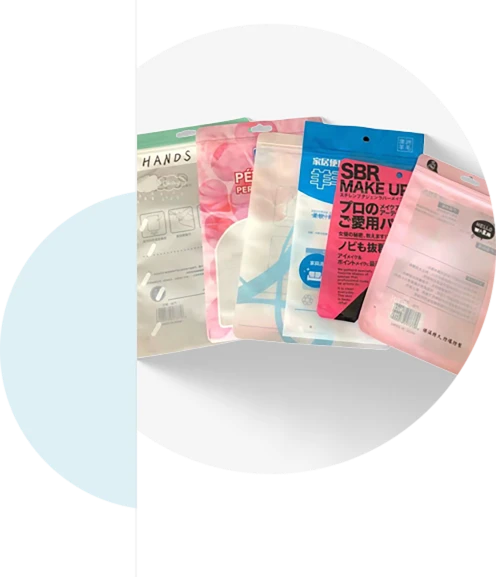- Afrikaans
- Albanian
- Amharic
- Arabic
- Armenian
- Azerbaijani
- Basque
- Belarusian
- Bengali
- Bosnian
- Bulgarian
- Catalan
- Cebuano
- chinese_simplified
- chinese_traditional
- Corsican
- Croatian
- Czech
- Danish
- Dutch
- English
- Esperanto
- Estonian
- Finnish
- French
- Frisian
- Galician
- Georgian
- German
- Greek
- Gujarati
- haitian_creole
- hausa
- hawaiian
- Hebrew
- Hindi
- Miao
- Hungarian
- Icelandic
- igbo
- Indonesian
- irish
- Italian
- Japanese
- Javanese
- Kannada
- kazakh
- Khmer
- Rwandese
- Korean
- Kurdish
- Kyrgyz
- Lao
- Latin
- Latvian
- Lithuanian
- Luxembourgish
- Macedonian
- Malgashi
- Malay
- Malayalam
- Maltese
- Maori
- Marathi
- Mongolian
- Myanmar
- Nepali
- Norwegian
- Norwegian
- Occitan
- Pashto
- Persian
- Polish
- Portuguese
- Punjabi
- Romanian
- Russian
- Samoan
- scottish-gaelic
- Serbian
- Sesotho
- Shona
- Sindhi
- Sinhala
- Slovak
- Slovenian
- Somali
- Spanish
- Sundanese
- Swahili
- Swedish
- Tagalog
- Tajik
- Tamil
- Tatar
- Telugu
- Thai
- Turkish
- Turkmen
- Ukrainian
- Urdu
- Uighur
- Uzbek
- Vietnamese
- Welsh
- Bantu
- Yiddish
- Yoruba
- Zulu
printed with soy ink
Printed with Soy Ink A Sustainable Choice for a Greener Future
In recent years, the printing industry has made significant strides toward sustainability, with a growing awareness of the environmental impact of traditional printing methods. One of the most notable advancements is the increased use of soy ink, a more eco-friendly alternative to traditional petroleum-based inks. This shift not only benefits the environment but also improves the quality of printed materials.
What is Soy Ink?
Soy ink is made from soybeans, which are renewable resources, unlike conventional inks that rely on petroleum derivatives. The production of soy ink typically involves a blend of soy oil and pigments to create a vibrant, durable ink. This natural composition reduces the carbon footprint associated with traditional ink, as soybeans can grow quickly and are less harmful to the environment during cultivation.
Environmental Benefits
The most significant advantage of using soy ink is its lower environmental impact. Traditional petroleum-based inks can release volatile organic compounds (VOCs) into the atmosphere, contributing to air pollution and health concerns. In contrast, soy ink is formulated to have lower VOC levels, making it a cleaner option for both printers and consumers. Moreover, soy-based inks are biodegradable, which means that when printed materials are disposed of, they are less likely to contribute to long-lasting pollution.
Additionally, the cultivation of soybeans is generally less taxing on the environment compared to the extraction and refining process of petroleum. As a crop, soybeans can restore nitrogen to the soil and often require fewer pesticides and fertilizers, reducing their overall environmental impact.
Quality and Performance
printed with soy ink

Another common misconception about soy ink is that it doesn't match the quality of traditional inks. However, advancements in soy ink formulations have made it comparable, if not superior, to conventional inks in many respects. Soy ink has excellent color saturation, resulting in vibrant prints that do not fade easily. Its fast-drying properties also reduce the risk of smudging during the printing process, making it a preferred choice for many printing professionals.
Furthermore, soy ink adheres well to a variety of substrates, including recycled papers. This compatibility with eco-friendly materials makes it an ideal option for businesses looking to make their printing processes more sustainable without sacrificing quality.
The Role of Businesses and Consumers
As awareness of environmental issues increases, both businesses and consumers play a crucial role in promoting the use of soy ink. Companies that prioritize sustainable practices can attract environmentally conscious customers, making an investment in soy ink not only an ethical choice but also a smart business strategy. By choosing to print with soy ink, businesses signal their commitment to sustainability, which can enhance their brand reputation and build customer loyalty.
Consumers can also make a difference by seeking out products printed with soy ink. By choosing items labeled as printed with soy ink, individuals support companies that are committed to reducing their ecological footprint. This consumer demand can push more businesses to adopt greener practices, creating a cycle of sustainability that benefits everyone.
Conclusion
In conclusion, the transition to soy ink represents a significant step forward in creating a more sustainable printing industry. With its lower environmental impact, equal or superior print quality, and compatibility with eco-friendly materials, soy ink is an excellent choice for businesses and consumers alike. As we continue to face the challenges of environmental degradation and climate change, every small step towards sustainability counts. Choosing soy ink is not just about preserving natural resources; it's about fostering a culture of environmental responsibility that will benefit generations to come. By embracing this change, we can contribute to a greener future, one printed page at a time.













